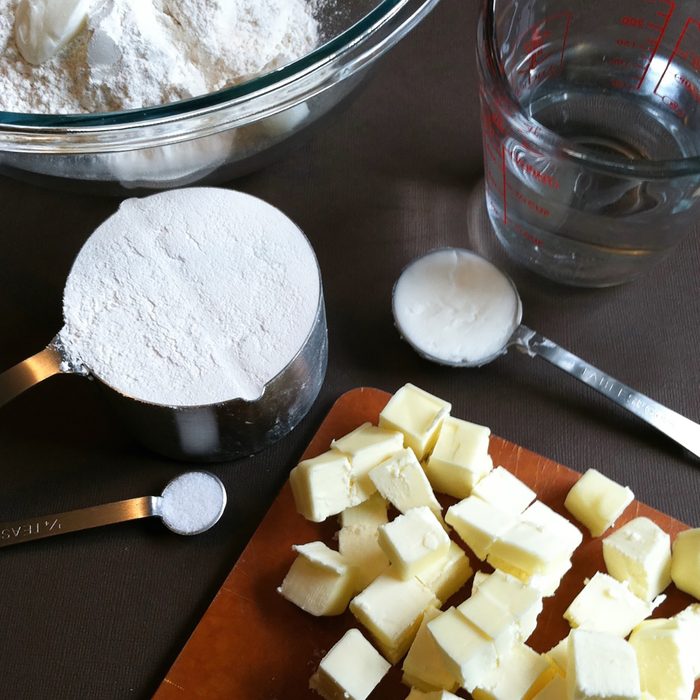
Skimping on the fat
Using butter substitutes might be appealing to some, but these lighter ingredients won’t give you the flaky pie crust your pie deserves. Butter will give your pie the perfect flaky layers and lard can provide some lightness to the dough.
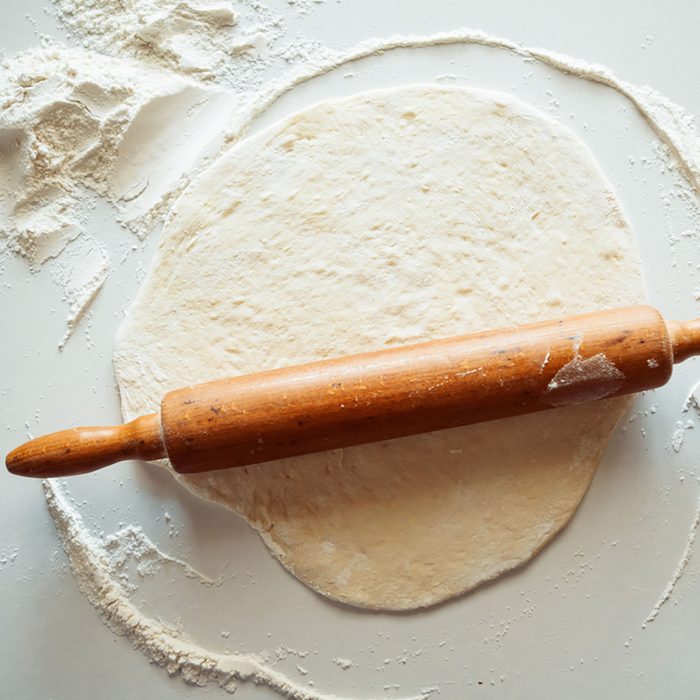
Working with warm dough
Baking a pie can be a fun weekend activity, but that doesn’t mean you should have a lax attitude while working with your crust. When ingredients like the butter become too warm, your crust won’t have that flaky quality. To keep your dough cool, make sure to use ice cold water instead of room temperature. This will prevent the butter from melting and keep the dough light.

Overworking the dough
Many well-meaning pie recipes recommend cutting your butter into the dry ingredients until you have crumbs. This can lead to overworking the dough and losing that light flakiness we’re all after. Instead just work the butter in with your fingertips until your crumbs are the size of peas.
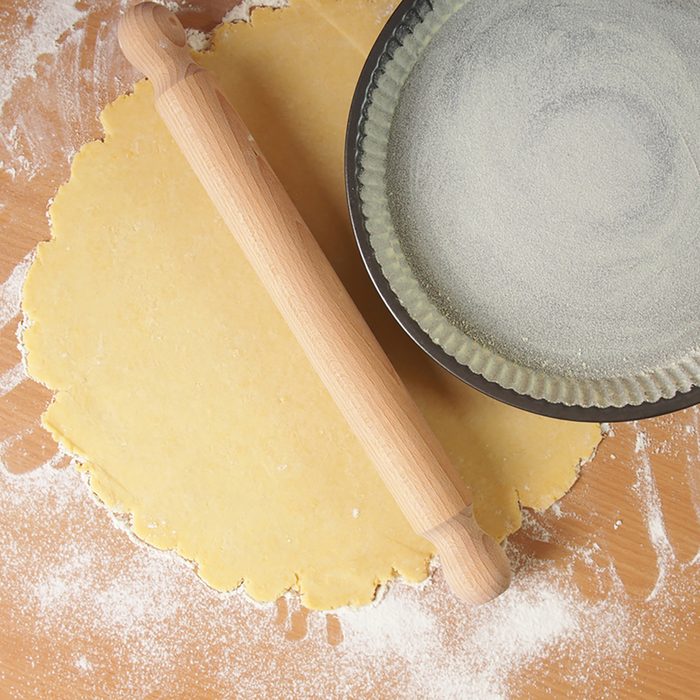
Using only all-purpose flour
Here’s a surprising tip. Only using all-purpose flour in pie dough won’t give you a light pie crust. It’s best to use a combination of all-purpose and pastry flour. Don’t have pastry flour in the cabinet? Try adding some granulated sugar to your flour to keep the dough nice and tender.
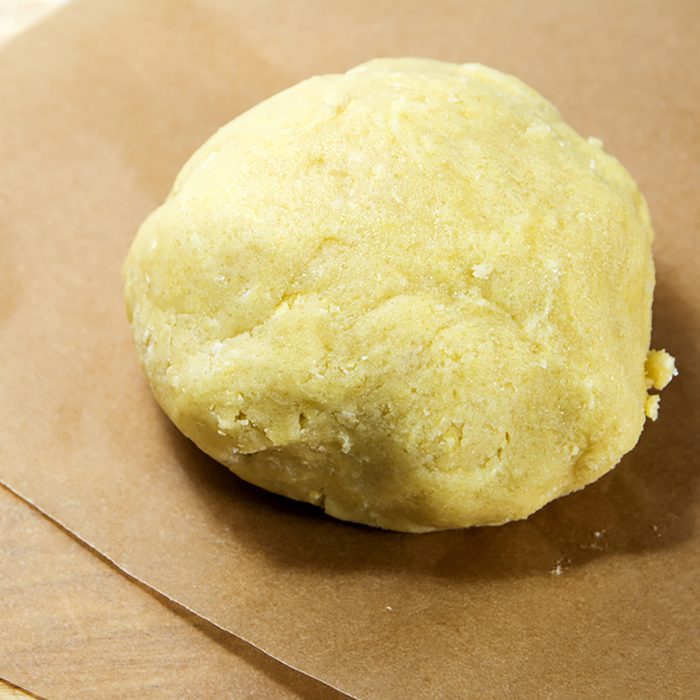
Not chilling your dough
We’re all in a hurry for fresh pie, but don’t rush the process. Baking your pie before you’ve allowed the dough to chill will result in firm, tough pie crust. Once you’ve formed your dough, shape it into a circle, wrap it in plastic, and place it in the refrigerator for at least 30 minutes.

Using the wrong pan
Knowing when to remove your pie from the oven can be challenging when you can’t see the bottom. There is nothing more disappointing than slicing into a gorgeous golden pie only to discover the bottom is mushy and undercooked. To avoid this, use a glass pie pan, and always take a peek underneath to make sure the entire crust looks golden before removing your pie.

Not allowing the pie to cool
Remember walking into your grandma’s house as a kid and seeing a fresh apple pie sitting on the windowsill? Grandma knew her pie needed to cool for at least an hour or it would fall apart. Try making your pie earlier in the day to allow plenty of time to cool before it’s dessert time. These classic American pies will also look gorgeous while resting in your window.
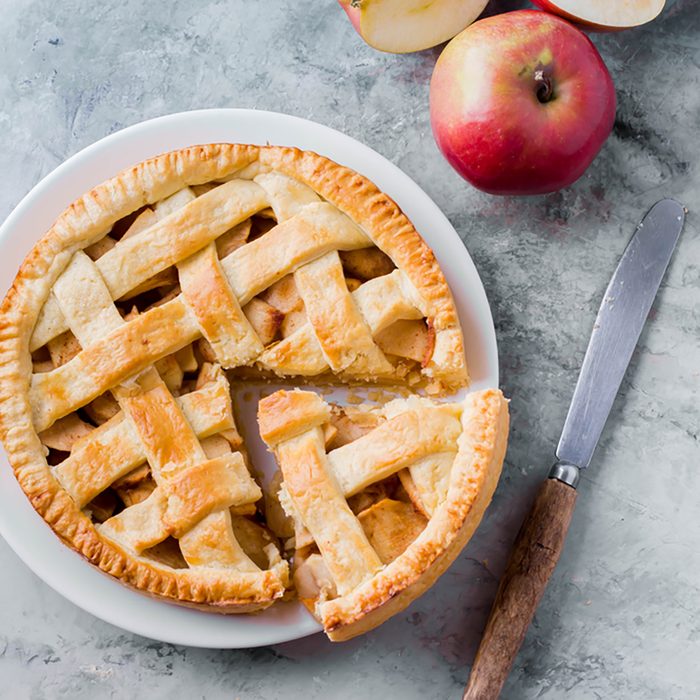
Cutting crust with a dry knife
Once you have put in all this work to create the perfect flaky pie crust, don’t ruin it by using a dry knife to cut slices. If your pie has ever fallen apart as you try to serve it, it’s probably because of the knife you were using. Try running your knife under warm water or lightly buttering it so that it can easily cut through your pie crust without leaving a disaster on the plate.
